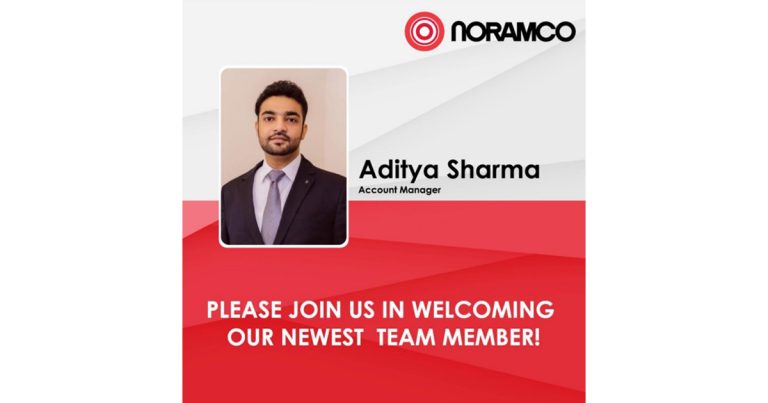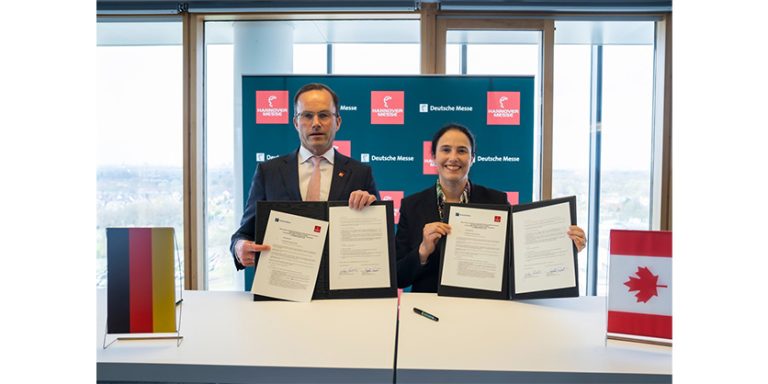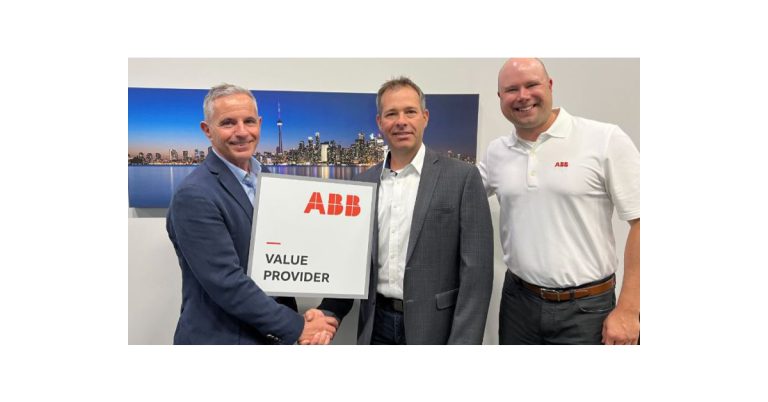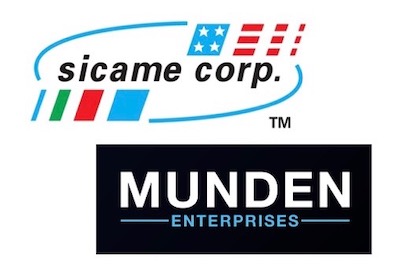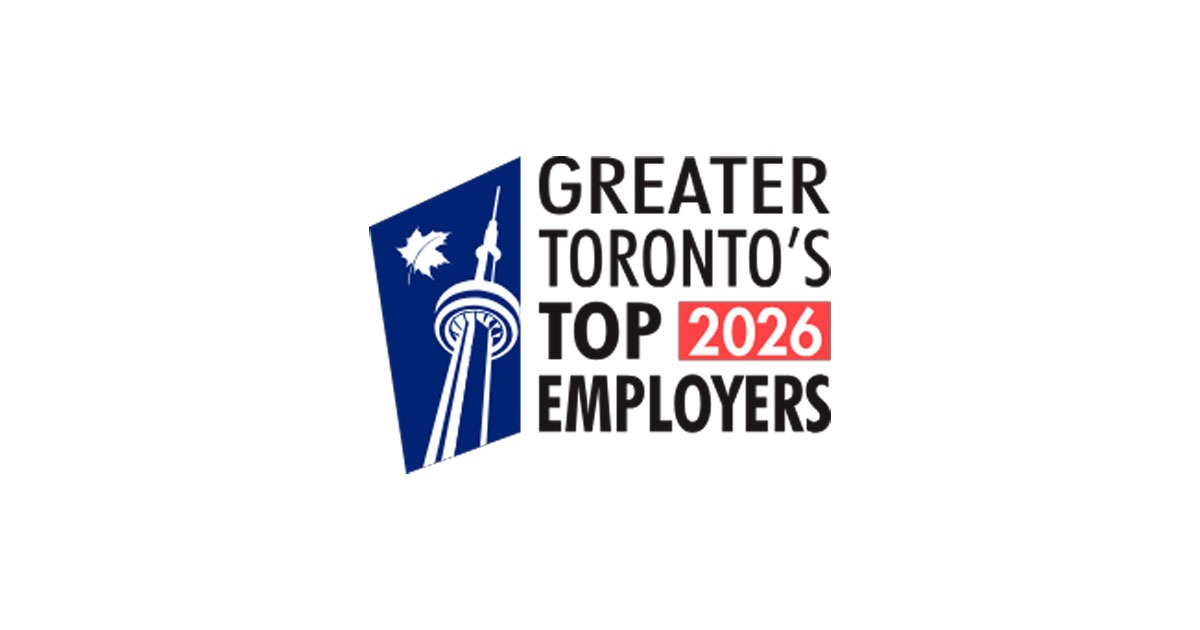Siemens Vision 2020+ Restructuring: 5 Businesses to Become 3
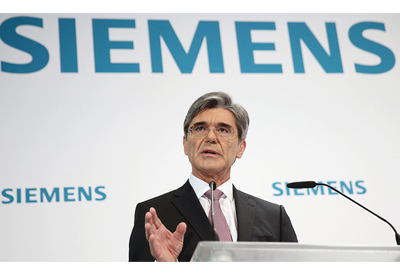
Sept 17, 2018
Siemens is setting the course for long-term value creation through accelerated growth and stronger profitability with a simplified and leaner company structure. The main aim of the Vision 2020+ company strategy is to give Siemens’ individual businesses significantly more entrepreneurial freedom under the strong Siemens brand in order to sharpen their focus on their respective markets. (Shown in photo: Siemens President and CEO Joe Kaeser.)
Plans also call for strengthening the company’s growth portfolio through investments in new growth fields such as IoT integration services, distributed energy management and infrastructure solutions for electric mobility. The concentrated expansion of industrial digitalization, in which Siemens is already the world leader, will make a further contribution. As a result, both the annual revenue growth rate and the profit margin of the company’s Iindustrial business are expected to increase by two percentage points over the medium term.
Basic earnings per share are expected to grow faster than revenue over the medium term.According to Kaeser, companies often avoid making necessary changes until they run into obvious difficulties. “It would be irresponsible to rest on our laurels now,” he says. “The speed and power of global changes are increasing, and it’s our obligation to anticipate them. We’re convinced that this is the right time to sustainably shape our future.” For Siemens’ President and CEO, digitalization, often called the Fourth Industrial Revolution, is the largest transformation in the history of industry.
“It won’t be the biggest companies that survive, but the most adaptable. That’s why we’ll further deepen the understanding of our ownership culture and give our businesses considerably more entrepreneurial responsibility than before. This also includes the direct assignment of business-related functions,” says Kaeser. In addition, the company’s markets are experiencing major paradigm shifts caused by megatrends such as electric mobility and distributed energy systems. Siemens intends to utilize and actively shape these changes.
New structure: more entrepreneurial freedom, less centralized governance
The goal of the new company structure is to provide Siemens’ individual businesses with greater entrepreneurial freedom. As a result, the organizational level of the current divisions will be eliminated, the regional organization realigned to further increase its customer orientation, and company headquarters streamlined. “By further developing our strategy, we’re building the next-generation Siemens. Less management from headquarters and more freedom for our businesses will make us stronger and more flexible,” says Kaeser.
Below the Group level, there will be three operating companies and three strategic companies. The realignment will enable Siemens to sharpen its customer focus and orient its activities on the requirements of the industries in which it operates. “The days when project business, product, software and service companies, with all their different requirements, could be centrally and efficiently managed are over,” says Kaeser.
The new structure will go into effect at the start of the new fiscal year on October 1, 2018. Implementation will proceed step-by-step and is to be completed by March 31, 2019. The company’s Building Technologies Division (BT), Energy Management Division (EM), Power and Gas Division (PG), Digital Factory Division (DF) and large parts of its Process Industries and Drives Division (PD) will be combined to form three new operating companies. The business units of the company will also be set up newly in a more focused manner and integrated into the three operating companies, as follows:
Smart Infrastructure (SI)
• Headquarters: Zug, Switzerland
• CEO: Cedrik Neike
• COO: Matthias Rebellius
• CFO: Axel Meier
• With about 71,000 employees worldwide, SI businesses generated revenue of around €14 billion and had a profit margin of about 11 percent in fiscal 2017.
Digital Industries (DI)
•Headquarters: Nuremberg, Germany
• CEO: Klaus Helmrich
• COO: Jan Mrosik
• CFO: Maria Ferraro
• With about 78,000 employees worldwide, DI businesses generated revenue of around €14 billion and had a profit margin of about 16 percent in fiscal 2017.
Gas and Power (GP)
• Headquarters: Houston, Texas
• CEO: Lisa Davis
• COO: Tim Holt
• CFO: Michael Becker
• With about 71,000 employees worldwide, GP businesses generated revenue of around €21 billion and had a profit margin of about nine percent in fiscal 2017.
Find out more: https://www.siemens.com/press/en/events/2018/corporate/2018-q3.php

